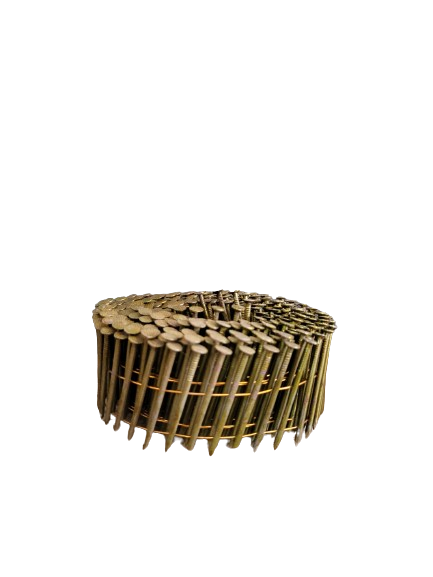What are Screw Air Compressors?
Screw air compressors, also known as rotary screw compressors, are an essential component in many industrial and commercial operations. They offer a reliable, efficient, and durable solution for supplying compressed air to various applications, from manufacturing plants to automotive workshops. This comprehensive guide will explore the working principles, types, applications, advantages, and maintenance of screw air compressors, providing you with everything you need to know about these powerful machines.
A screw air compressor is a type of rotary compressor that uses two helical screws (rotors) to compress air. Unlike reciprocating compressors, which rely on pistons, screw compressors compress air through the continuous rotating action of the screws. This method allows for smoother, more consistent airflow and is particularly well-suited for large-scale industrial operations that require a constant supply of compressed air.
How does Screw Compressors work?
The operation of a screw air compressor involves several key steps:
- Air Intake: Air is drawn into the compressor through an inlet valve, which is typically equipped with a filter to remove contaminants.
- Compression: As the air enters the compression chamber, it is trapped between the two rotating screws. As the screws turn, the air is gradually compressed by the decreasing volume between the screws. The continuous rotation ensures a steady flow of compressed air.
- Cooling and Lubrication: During compression, the air temperature rises significantly. To manage this, most screw compressors use an oil or coolant to cool the air and lubricate the screws, reducing friction and wear.
- Discharge: Once the air reaches the desired pressure, it is discharged through an outlet valve and directed to a storage tank or directly to the application.
- Separation and Filtration: In oil-lubricated screw compressors, the compressed air is passed through a separator to remove the oil before it exits the compressor. The oil is then recycled back into the system.
- Cooling: Finally, the compressed air is cooled to a usable temperature before it is stored or used in the application.
Available Screw Air Compressors
- Screw Air Compressor 10 HP
- Screw Air Compressor 15 HP
- Screw Air Compressor 20 HP
- Screw Air Compressor 30 HP
- Screw Air Compressor 50 HP
Applications of Screw Air Compressor
Screw air compressors are incredibly versatile and are used across a wide range of industries. Here are some of the most common applications:
- Manufacturing:
- Powering pneumatic tools, machinery, and equipment.
- Providing compressed air for spray painting, material handling, and assembly lines.
- Used in blow molding and injection molding processes in plastics manufacturing.
- Automotive Industry:
- Essential for operating air tools such as impact wrenches, drills, and sanders.
- Used in tire inflation, spray painting, and automotive assembly.
- Provides compressed air for engine testing and production lines.
- Construction:
- Powers pneumatic tools like jackhammers, nail guns, and drills.
- Used in concrete spraying, sandblasting, and other construction processes.
- Provides a reliable source of compressed air in remote or rugged environments.
- Food and Beverage Industry:
- Oil-free screw compressors are used to ensure the purity of compressed air in food packaging, bottling, and processing.
- Provides clean, dry air for pneumatic conveying, filling machines, and packaging equipment.
- Used in fermentation, aeration, and other food production processes.
- Healthcare:
- Oil-free compressors provide sterile, oil-free air for medical devices, respiratory systems, and surgical instruments.
- Used in dental equipment, anesthesia machines, and lab applications.
- Provides reliable air for vacuum pumps, air beds, and oxygen supply systems.
- Energy Sector:
- Used in oil and gas exploration, drilling, and production.
- Provides compressed air for control systems, pipeline operations, and refining processes.
- Essential in power generation plants for turbine control, cooling, and other critical operations.
- Textile Industry:
- Powers looms, knitting machines, and other textile machinery.
- Provides compressed air for dyeing, printing, and finishing processes.
- Used in pneumatic conveying systems for moving fibers and materials.
Conclusion
Screw air compressors are a vital tool in many industries, offering reliable, efficient, and continuous operation for a wide range of applications. Understanding the different types of screw compressors, their working principles, and their maintenance requirements can help you choose the right compressor for your needs and ensure its long-term performance.






